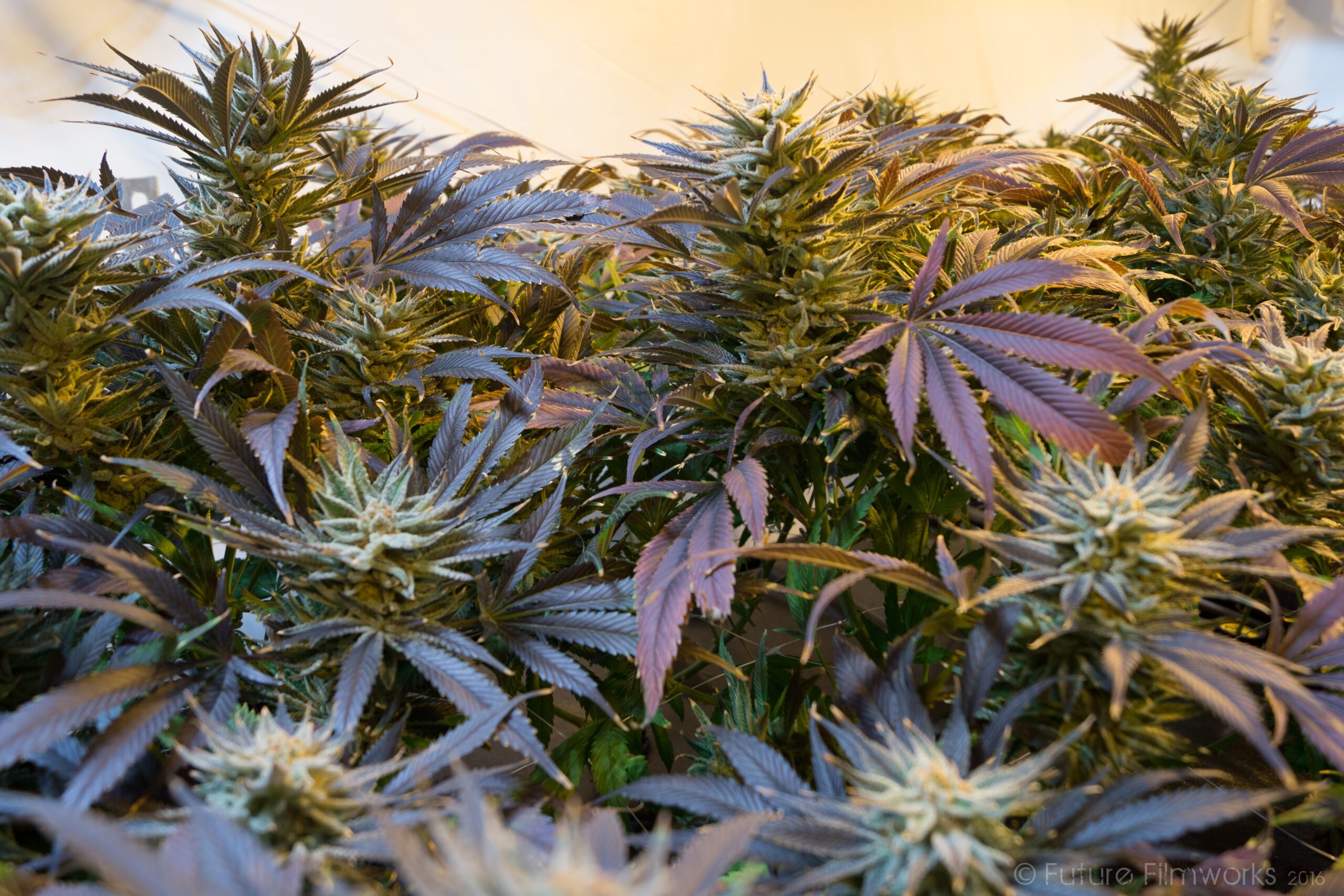New York State’s legal medical marijuana program became operational in January 2017. The program has caused a lot of controversy, both in the lead-up to its commencement, and since. And the controversy rages still.
The problem that a lot of people have with New York MMJ laws is that, despite the state’s tradition of inclusiveness, open-mindedness, and liberalism, the medical cannabis program that its scientists, legislators, and politicians devised and put into operation is pretty much one of the most restrictive and limited in all of North America. People who were excitedly anticipating New York becoming a weed-friendly state along the lines of Washington, Colorado, and California, with funky Manhattan dispensaries educating people and selling the latest boutique strains and tasty organic edibles, are now sorely disappointed.
Getting a New York medical marijuana card from your friendly old neighborhood doc and using it to pick up some Lemon OG Kush in your cozy corner dispensary to treat your insomnia, anxiety, glaucoma, or backache is absolutely not an option in New York.
Only ‘severe debilitating or life-threatening conditions’ qualify a person to get a New York medical marijuana card under the state’s ‘wet behind the ears’ medical herb laws. Originally, only having one of a horror show of diseases and conditions, combined with some truly gruesome symptoms, qualified people for a New York medical cannabis card. Cancer, HIV/AIDS, amyotrophic lateral sclerosis, epilepsy, Parkinson’s disease, multiple sclerosis, amyotrophic lateral sclerosis, spinal cord injury with spasticity, inflammatory bowel disease, neuropathy, and Huntington’s disease were initially the only conditions that made someone eligible, and on top of this, the patient’s condition had to include a symptom of cachexia or wasting syndrome, severe or persistent muscle spasms, severe or chronic pain, nausea, or seizures. Thankfully the state amended the law in March to include chronic pain as another qualifying condition. This more vague condition has made it easier for patients to qualify for the program. So it’s not as draconian as it was at the beginning, but it’s still considerably more limited than most other states with regards to what conditions qualify a person to get a New York medical cannabis card.
Alongside the severely limiting list of qualifying conditions, there are also several other issues that restrict the effectiveness of New York State’s MMJ program. There are only a meager twenty dispensaries allowed to operate in the state (a mere one for the entire island of Manhattan!); smoking and edibles are banned and only oils and tinctures are allowed; a paltry variety of MMJ products are available to choose from; the prices are higher than in other states; and home cultivation is strictly prohibited. Medical cannabis advocates and patients and many physicians in the state are feeling deflated and hard done by.
But is this situation going to change? Is this awkward, cumbersome, red tape-wrapped MMJ program the best that New Yorkers can hope for? And importantly, will New York State’s restrictive and, some might say, half-hearted adoption of a medical marijuana program serve as a template to follow for other states that have yet to legalize medical marijuana, but are likely to do so in the future?
Murmurs coming from the Department of Health are giving a glimmer of hope. Scientists responsible for designating a medical condition weed card-worthy are at pains to point out the fact that they are always careful to stay up-to-date with the latest research, and that no designation is written in stone. As soon as ample evidence presents itself that a condition can be helped by medical marijuana use, they say they will amend their decision and recommend that it be included on the list of qualifying conditions. They put their money where their mouth is in March when they decided that chronic pain should become a qualifying condition. They are also putting their weight behind moves to include PTSD and menstrual cramps on the list, and it looks like these conditions will become the newest ailments to be included on the list very soon.
With regards to number of dispensaries, available products, methods of ingestion, and home cultivation, things look like they will move more slowly, but with large states such as California going all-in, legalizing marijuana outright, and seeing huge economic benefits, it seems likely that New York State will move, albeit slowly, in the direction of less restrictive cannabis laws.
With regards to the question of other, more conservative states using the restrictive model of New York MMJ laws as a template for their own programs, this seems quite likely. New York is a highly influential state. The draft bill that Pennsylvania is currently working on is highly restrictive, and many southern and midwestern states are keen to introduce severely limited MMJ laws (if they introduce them at all).
This is an unfortunate state of affairs, as it gives states an excuse to introduce restrictive, unhelpful laws of their own, and thus may turn out to cause undue pain and hassle to patients in many different areas of the country.
Let’s hope that the slow movements New York State is making towards improving their program pick up pace, because as the newest and most high-profile medical marijuana state, they wield a lot of influence. The country is watching closely. What will New York, the new medical marijuana state, do next?


